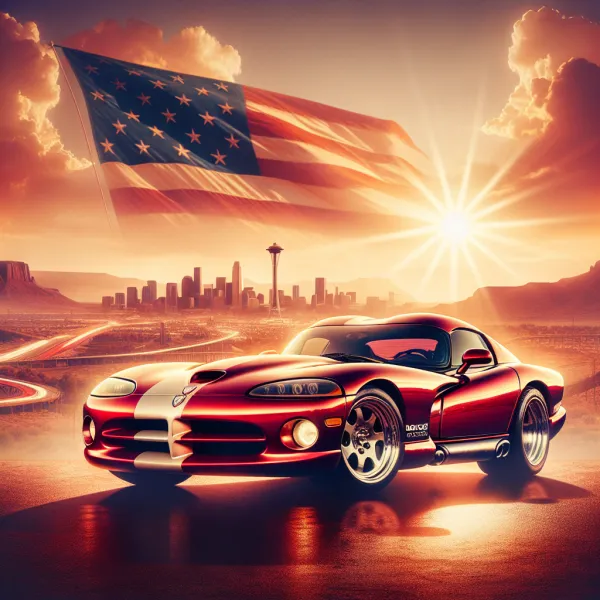The Legendary Dodge Viper: A True American Muscle Icon
The Legendary Dodge Viper: A True American Muscle Icon
The Dodge Viper is more than just a car; it’s a symbol of raw power, unfiltered performance, and American automotive ingenuity. Since its debut in 1992, the Viper has captured the hearts of car enthusiasts worldwide with its aggressive styling, monstrous V10 engine, and unparalleled driving experience.
A Brief History of the Dodge Viper
The Dodge Viper was first introduced as a concept car at the 1989 North American International Auto Show. Its bold design and promise of high performance immediately captivated audiences. By 1992, Dodge turned the concept into reality, launching the first-generation Viper RT/10 roadster. With no airbags, no traction control, and no ABS, the Viper was unapologetically raw and designed for purists.
Over the years, the Viper evolved through five generations, each iteration refining its performance while maintaining its core identity. From the second-generation GTS coupe to the final fifth-generation ACR (American Club Racer), the Viper consistently pushed boundaries and set new benchmarks in the muscle car segment.
Performance That Redefines Power
At the heart of the Dodge Viper lies its signature V10 engine. The first-generation Viper featured an 8.0-liter V10 producing 400 horsepower, a staggering figure for its time. By the time the fifth-generation Viper rolled out, the engine had grown to 8.4 liters, delivering an earth-shattering 645 horsepower and 600 lb-ft of torque.
The Viper’s performance wasn’t just about straight-line speed. With its lightweight chassis, near-perfect weight distribution, and advanced suspension systems, the Viper offered exceptional handling, making it a favorite on both the road and the racetrack.
Design: Aggressive and Unmistakable
The Dodge Viper’s design is as iconic as its performance. With its long hood, low-slung stance, and wide rear fenders, the Viper exudes aggression and power. Each generation of the Viper retained its signature styling cues while incorporating modern aerodynamic enhancements.
Inside, the Viper’s cockpit was designed with the driver in mind. While earlier models were spartan and focused purely on performance, later generations introduced more refined interiors with premium materials and advanced technology, without compromising the car’s racing DNA.
The Legacy of the Dodge Viper
Although production of the Dodge Viper ended in 2017, its legacy lives on. The Viper remains a symbol of American muscle and a testament to Dodge’s commitment to creating uncompromising performance vehicles. It has inspired countless enthusiasts and continues to be a sought-after collector’s car.
“The Dodge Viper is not just a car; it’s an experience, a thrill, and a piece of automotive history.”
Why the Dodge Viper Still Matters
In an era where many performance cars are becoming increasingly automated and reliant on technology, the Dodge Viper stands out as a reminder of the joy of pure, unfiltered driving. Its combination of raw power, aggressive styling, and racing pedigree ensures that it will always hold a special place in the hearts of car enthusiasts.
Whether you’re a fan of American muscle cars or simply appreciate automotive excellence, the Dodge Viper is a car that deserves to be celebrated. It’s not just a vehicle; it’s a legend.
